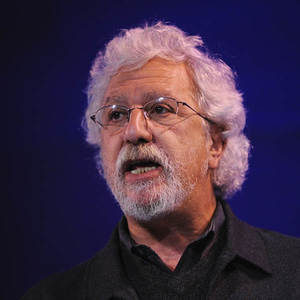U.S. workers’ wages are going nowhere fast
David Ruccio
According to the latest report from the Bureau of Labor Statistics, the average hourly pay of production and nonsupervisory employees on private nonfarm payrolls was $20.80 in February was exactly what it was in January, just eight cents more than what it was in December 2014 and only 32 cents (or 1.6 percent) higher than it was a year ago.
In other words, nominal wages are just barely keeping up with the inflation rate. As a result, even though productivity and corporate profits are up, the workers who are producing more and creating those profits are pretty much in the same position as they were at the start of the current recovery.
Here’s the explanation offered by Matt O’Brien:
It’s just the unemployment, stupid. Or maybe the underemployment. Between people who can’t find the full-time jobs they want, people who haven’t been able to find any jobs after looking for at least six months, and people who think things are so hopeless that they’ve given up looking for now, there are a lot more people than normal stuck on the margins of the labor force. And these “shadow unemployed,” according to the Federal Reserve, exert just as much downward pressure on wages as the regular unemployed. Put it all together, and wages haven’t recovered because the economy hasn’t fully recovered.
That’s pretty much the same conclusion that I arrived at back in January:
The fact is, during the downturn, the employers respond to slack demand not by lowering nominal wages (hence the “downward rigidities” that mainstream economists so deplore), but by firing workers, replacing full-time workers with part-time workers, and increasing their productivity (which mainstream economists can only celebrate). The result is a growth in the Industrial Reserve Army (as we can see in the dramatic growth in, and the still-elevated level of, the so- called U6 unemployment rate).
That pool of unemployed and under- employed workers (plus the availability of workers abroad, in China and else- where, together with the low level of unionization and the introduction of new, labor-displacing technologies) serves to regulate the level of wages: keeping nominal wages from rising even as economic growth picks up. In other words, employers don’t need to increase wages, either to keep their existing workers or to hire new ones. There are so many members of the Reserve Army of Unemployed and Underemployed workers willing to take whatever jobs are available that employers simply don’t need to increase wages.
Source: Real-World Economic Review Blog, 7 March 1915
https://rwer.wordpress.com/2015/03/07/u-s-workers-wages-are-going-nowhere-fast/
 Prof David Ruccio PhD is an economist at the University of Notre Dame, where he has been teaching since 1982. He has authored many articles, papers & books, including Development and Globalization: A Marxian Class Analysis; Economic Representations: Academic and Everyday; Postmodern Moments in Modern Economics, Postmodern- ism, Economics, and Knowledge, and Post- modern Materialism and the Future of Marxist Theory.
Prof David Ruccio PhD is an economist at the University of Notre Dame, where he has been teaching since 1982. He has authored many articles, papers & books, including Development and Globalization: A Marxian Class Analysis; Economic Representations: Academic and Everyday; Postmodern Moments in Modern Economics, Postmodern- ism, Economics, and Knowledge, and Post- modern Materialism and the Future of Marxist Theory.



























